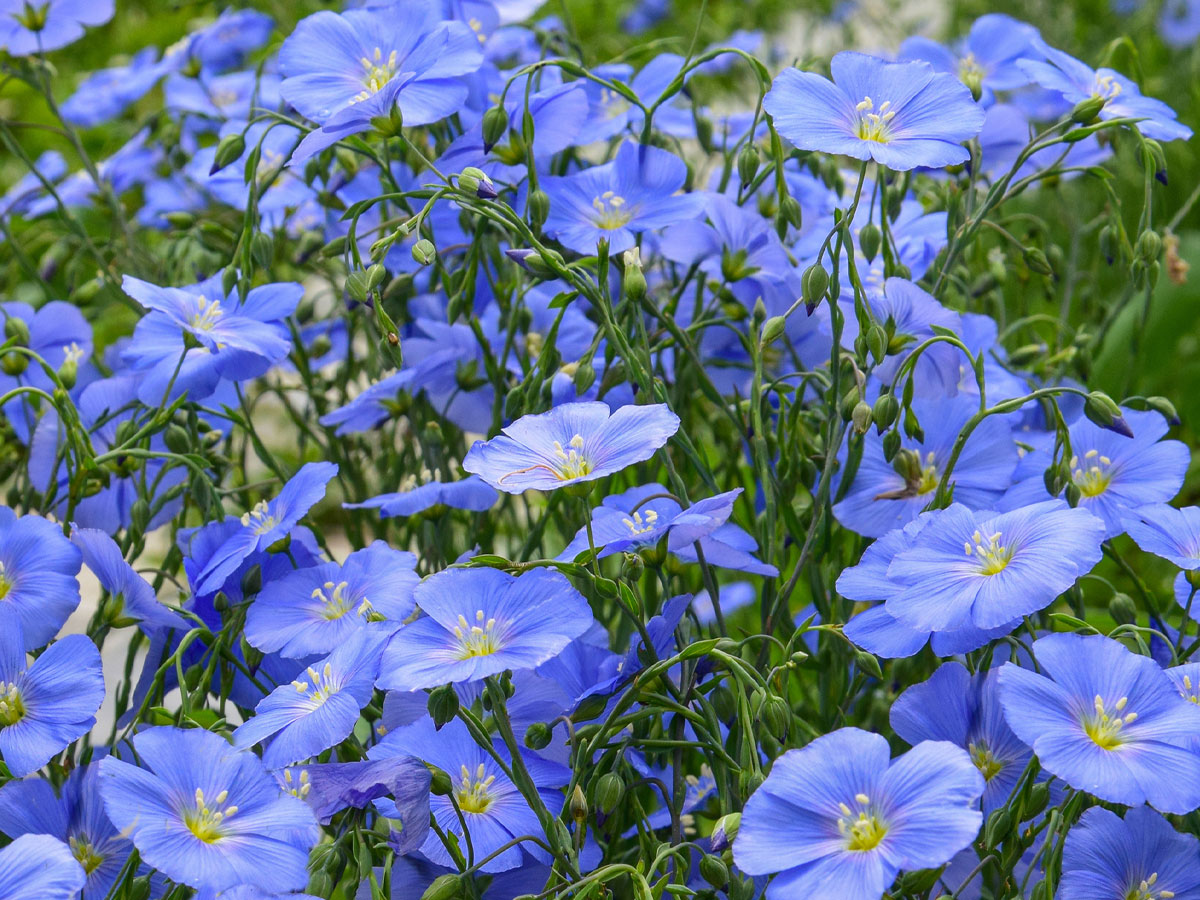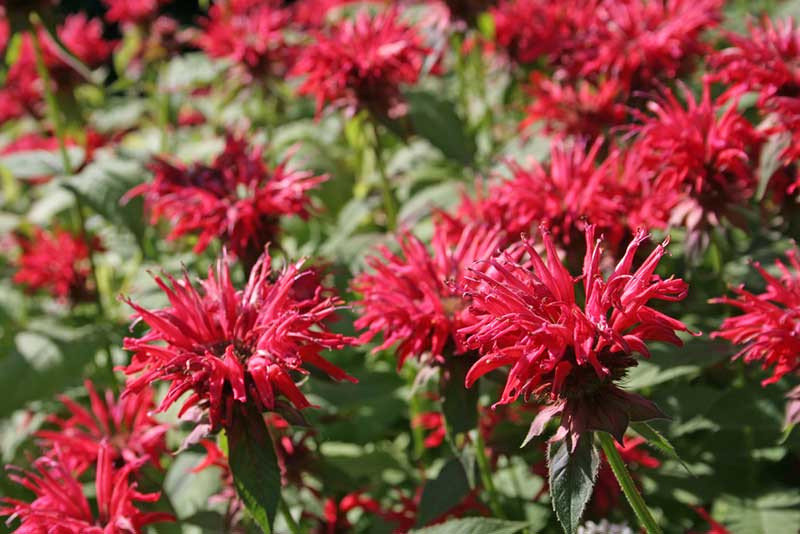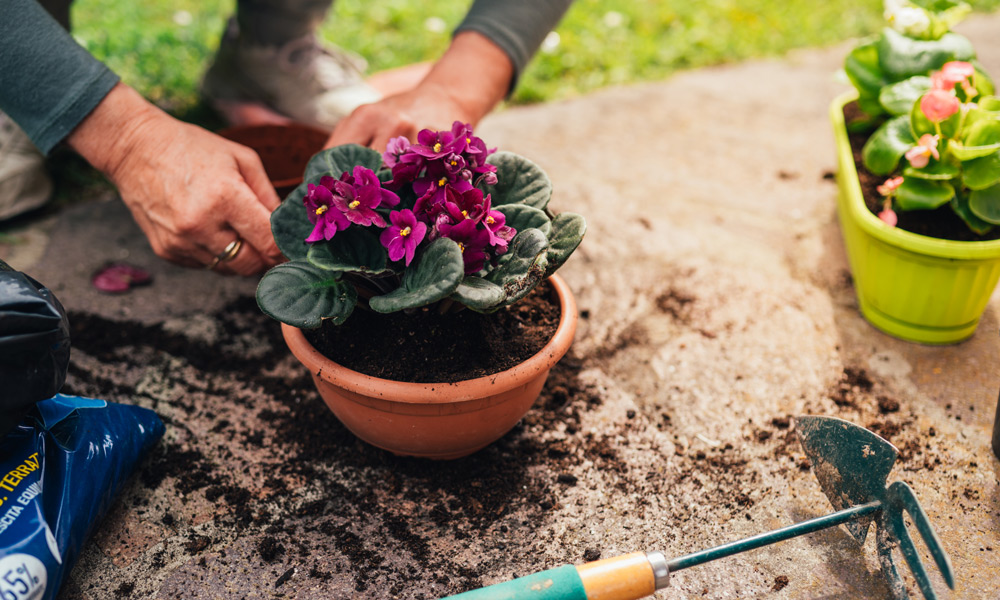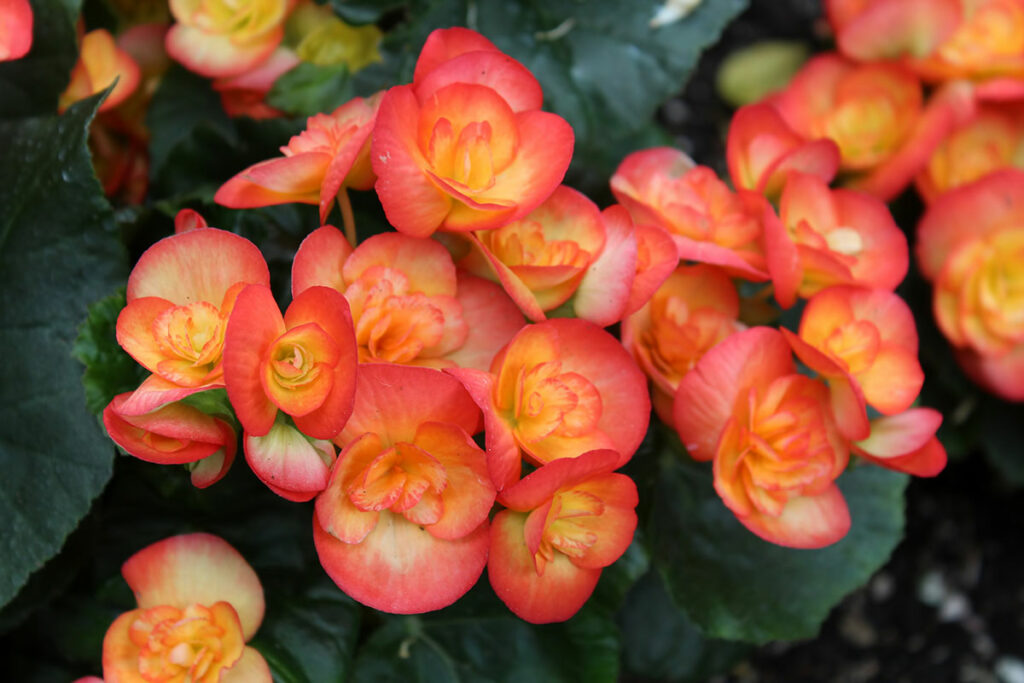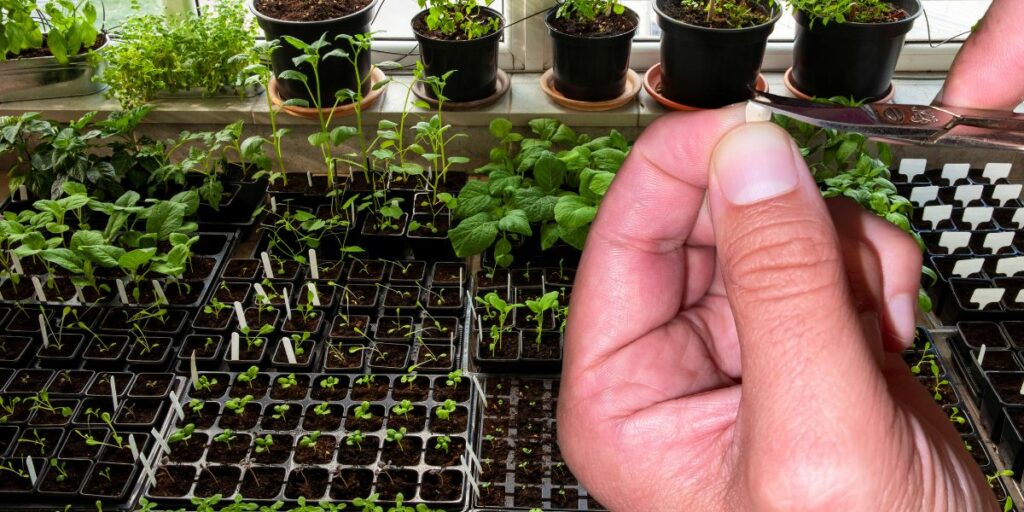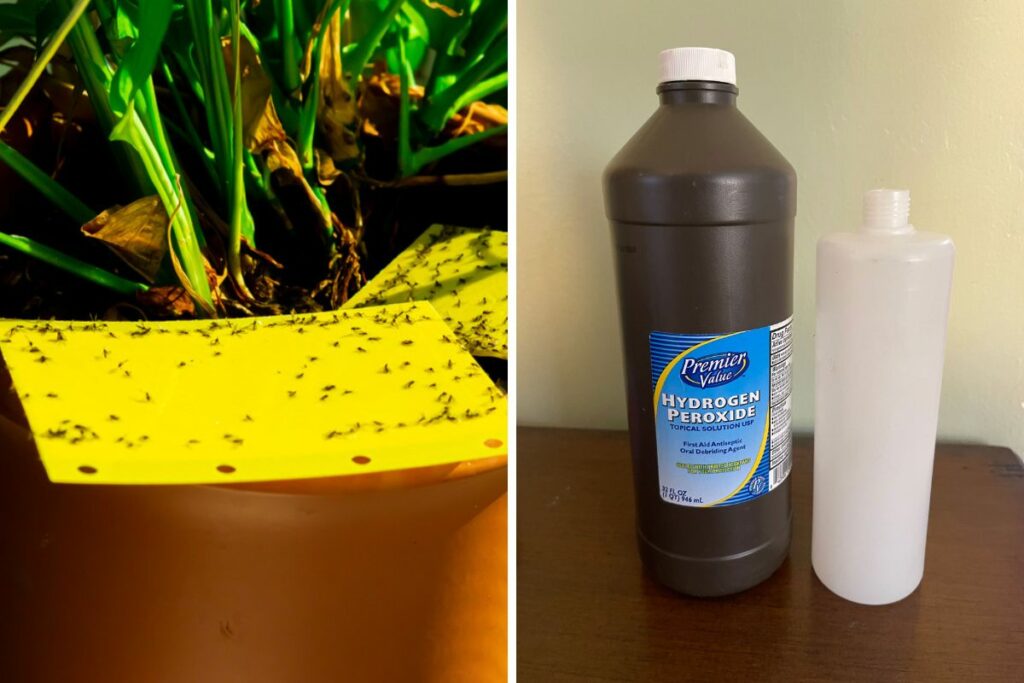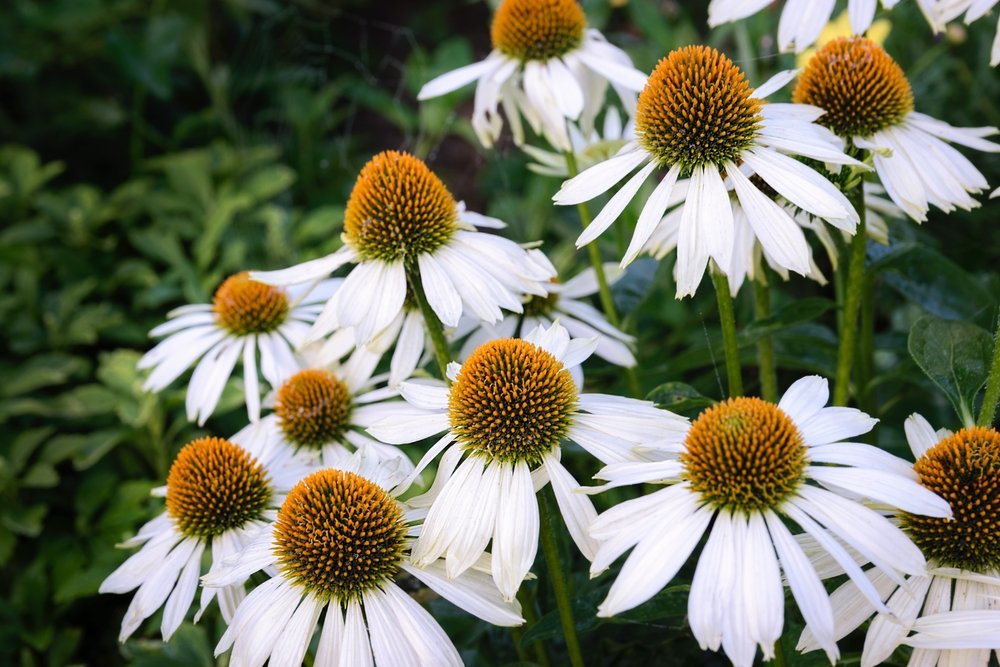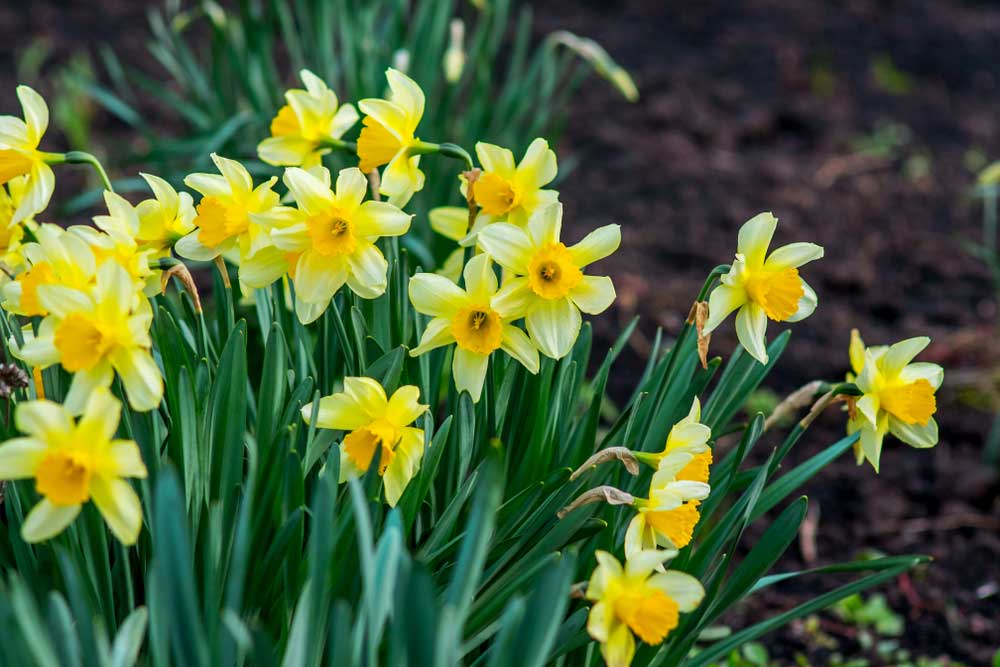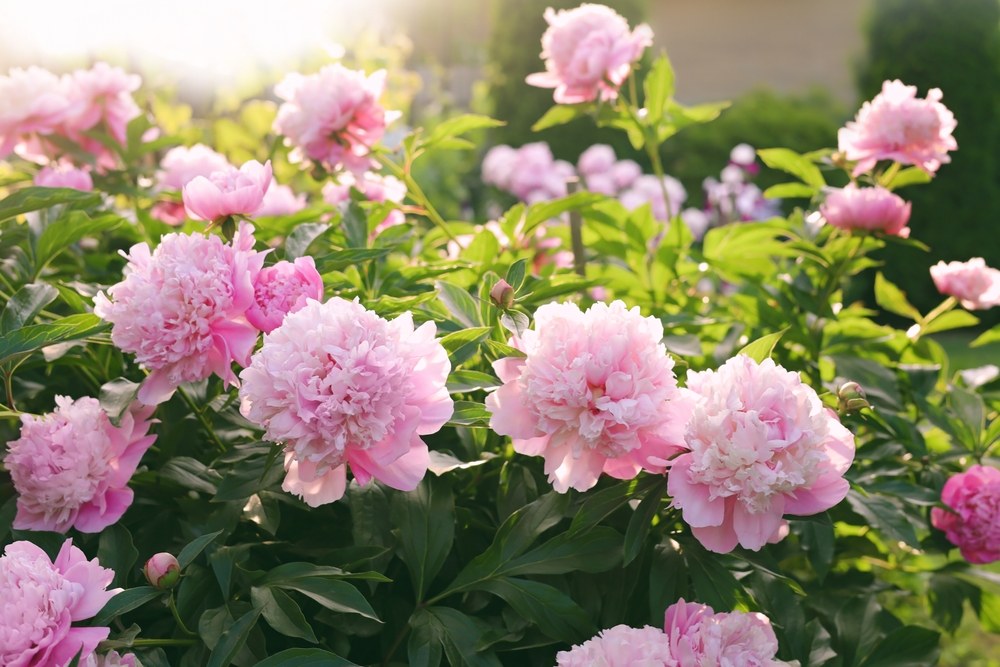
Peonies are a stunning addition to any garden, with their lush, full blooms making a beautiful statement each spring.
Known for their longevity, these perennial flowers can live for decades, providing a delightful fragrance and a welcoming atmosphere to your outdoor space.
However, to enjoy the vibrant colors and impressive blooms, it’s important to understand how to properly fertilize these beloved plants.
Adequate fertilization is essential to promote the health and vigor of your peonies, ensuring they produce an abundance of blooms in the years to come.
By following some simple tips on when and how to fertilize your peonies, you can create optimal growing conditions and effectively support the growth of these stunning flowers.
In this article, we’ll walk you through the proper technique for fertilizing your peonies, helping you ensure that these showstoppers continue to thrive in your garden.
Understanding Peonies and Fertilization
Peonies are beautiful perennial flowers that can thrive for many years when given proper care. A key aspect of their care involves fertilizing to promote healthy growth, rich blooms, and optimal disease resistance. In this friendly guide, we’ll discuss some essential tips for fertilizing peonies.
First, let’s talk about timing. The ideal time to fertilize your peonies is in the spring, as new growth begins to emerge from the ground. At this time, the plants require nutrients to support their vigor and produce impressive blooms.
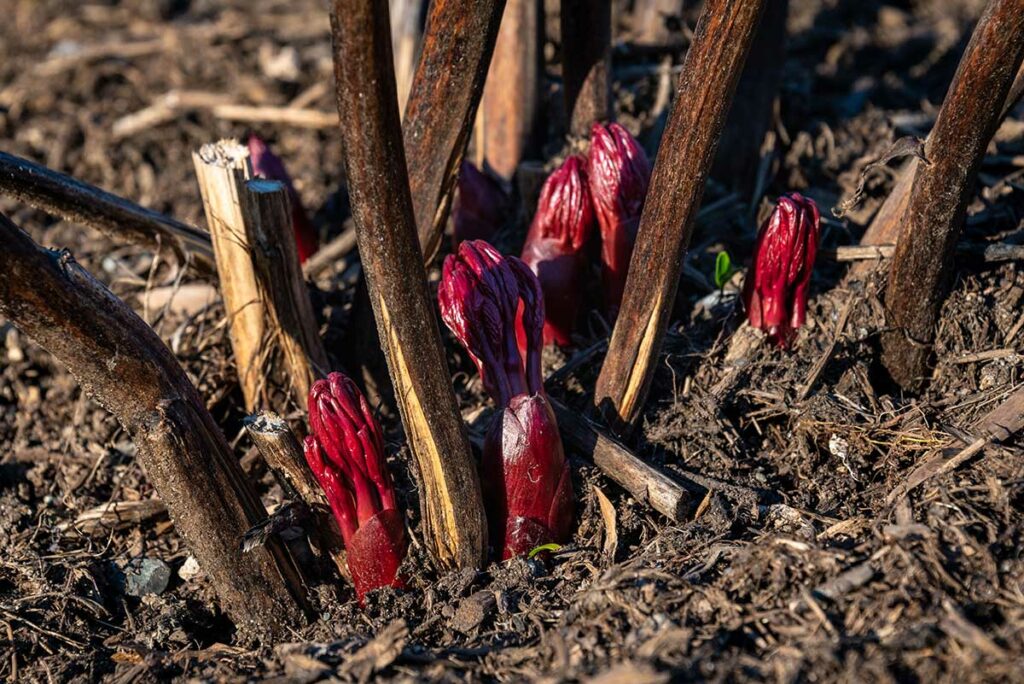
When it comes to fertilizing peonies, the saying “less is more” definitely holds true. Avoid excessive fertilization, as it can lead to problems such as weak stems, limited blooms, and increased susceptibility to diseases. Instead, aim for a balanced approach that provides the necessary nutrients without overloading the plant.
A reliable way to achieve balance is by using an all-purpose fertilizer with a balanced ratio of nitrogen (N), phosphorus (P), and potassium (K). Something like a 10-10-10 or 14-14-14 fertilizer works well for peonies. While nitrogen promotes leafy growth, phosphorus is essential for root development and bloom production, and potassium strengthens the plant’s overall health.
To get the most out of your fertilizer, follow these steps:
- Read the label: Before applying fertilizer, carefully read the label to ensure it is suitable for peonies and follow the recommended application rates.
- Spread the fertilizer evenly: Apply the fertilizer in a circle around the plant, keeping at least 6 inches away from the base to prevent root burn.
- Water well: After fertilizing, be sure to water your peonies thoroughly. This helps the nutrients soak into the soil and become available to the plant’s roots.
Remember that while fertilization is essential, it’s not the only factor that contributes to healthy peonies. Proper planting, watering, and mulching also play vital roles in the overall care of these beautiful flowers. By understanding the nuances of peony fertilization, you’ll be able to give your plants the best shot at a long life full of stunning blooms.
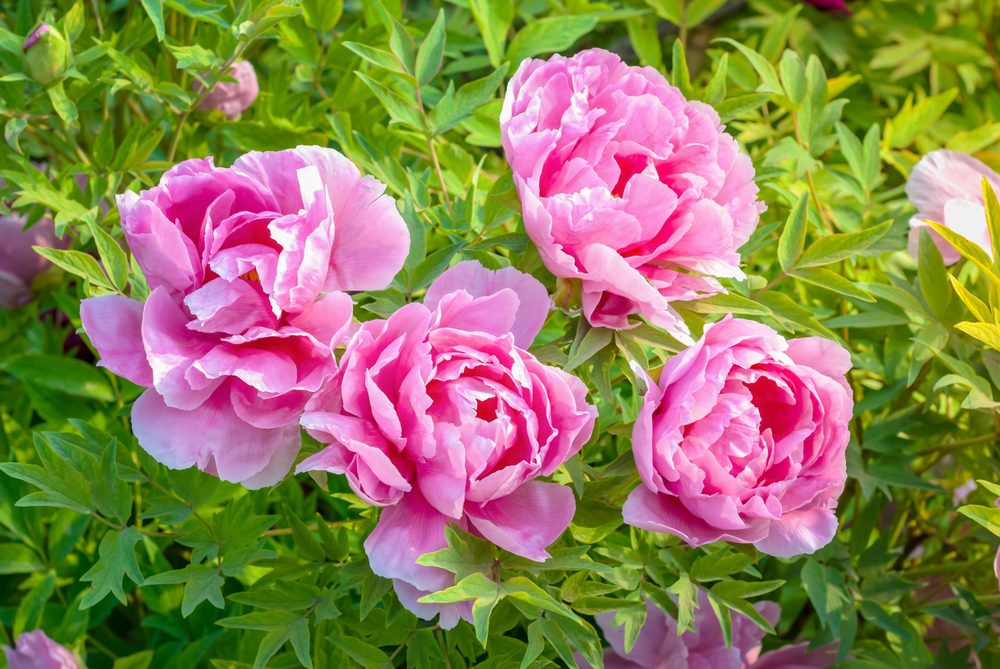
Choosing the Right Fertilizer
When it comes to fertilizing peonies, choosing the right type is essential to promote healthy growth and beautiful blooms. In this section, we will discuss both organic and inorganic fertilization options.
Organic Options
Organic fertilizers are derived from natural sources such as plants, animals, and minerals. They are environmentally friendly and release nutrients slowly, making them a great option for peonies.
- Compost: A well-aged compost provides essential nutrients to peonies and improves soil structure. Simply apply a 2-inch layer around the base of the plant in spring or fall.
- Bone Meal: Rich in phosphorus, bone meal helps support root development and vibrant blooms. Sprinkle it around the base of peonies before watering in spring.
- Fish Emulsion: A liquid fertilizer that contains a balance of nitrogen, phosphorus, and potassium. It’s suitable for peonies when diluted according to the package directions and applied during the growing season.
Inorganic Options
Inorganic fertilizers are synthetically manufactured and usually provide a quicker release of nutrients than organic options.
- Granular Fertilizers: These slow-release fertilizers can be applied once or twice during the growing season. Look for a balanced fertilizer with a ratio of 10-10-10 (nitrogen, phosphorus, potassium) for peonies.
- Liquid Fertilizers: Fast-acting and easily absorbed by plant roots, liquid fertilizers can be sprayed directly on the foliage or mixed with water for a soil drench. Apply a balanced fertilizer every two or three weeks during the active growing period.
In conclusion, both organic and inorganic fertilizers offer valuable nutrients to peonies. Consider factors like the current condition of your soil, your gardening goals, and your personal preferences when choosing the right fertilizer for your peonies.
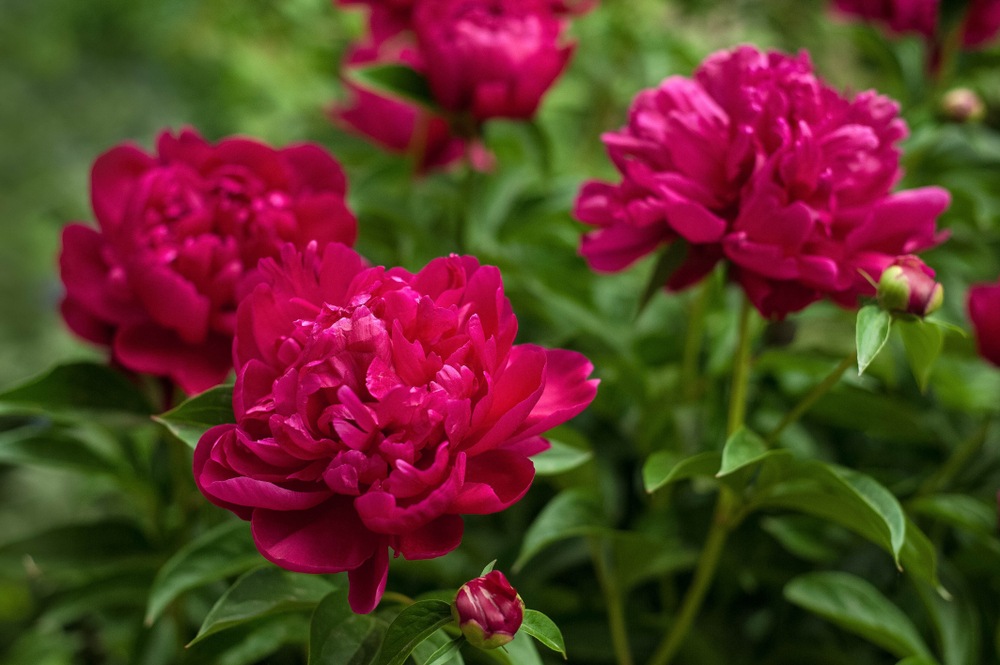
When to Fertilize Peonies
New Plantings
For newly planted peonies, it is important to get them off to a healthy start. Therefore, apply a balanced fertilizer, such as a 10-10-10 blend, shortly after planting. In most cases, fertilizer should be mixed into the soil around the peony at a depth of about 2 inches. Be sure to avoid direct contact with the root system, as this can cause root burn.
Water the plant well after applying the fertilizer to help dissolve the nutrients into the soil. It is common to see the best results when fertilizing peonies in the fall, around September or October. This allows the plant to establish itself before winter arrives.
Established Plants
For established peonies, it is recommended to fertilize them once a year, typically in early spring. This helps promote strong growth and a healthy bloom during the flowering season. Again, use a balanced fertilizer blend, such as 10-10-10, and spread it around the base of the plant.
When applying fertilizer to mature peonies, be sure to:
- Avoid getting fertilizer on the foliage
- Keep the fertilizer at least 6 inches away from the crown
- Water the plant well after applying the fertilizer
It is important not to over-fertilize peonies, as this can lead to excessive foliage growth, at the expense of blooms. If your peony is not producing many flowers, try reducing the amount of fertilizer applied, or switch to a fertilizer with a lower nitrogen content.
How to Apply Fertilizer
Fertilizing peonies is essential for their growth and blooming. There are two popular methods to apply fertilizer to peonies: the Top Dressing Method and the Bucket Method. In this section, we will discuss how to apply fertilizer using these methods.
Top Dressing Method
The Top Dressing Method is a simple and efficient way to apply fertilizer to your peonies. Follow these steps to apply fertilizer using this method:
- Measure the fertilizer: Follow the instructions on the fertilizer package to determine the right amount for your peonies.
- Remove any debris: Clear the garden bed from leaves, weeds, and other debris before applying the fertilizer.
- Spread the fertilizer: Evenly distribute the measured fertilizer around the base of the peony plants. Avoid getting fertilizer on the stems or foliage, as this can cause harm to the plants.
- Water the plants: Water your peonies thoroughly after applying the fertilizer to help it dissolve and reach the roots.
Using this method, you can ensure the nutrients are available to the plant’s root system while avoiding any direct contact with the plant itself.
Bucket Method
The Bucket Method is another effective way to apply fertilizer to peonies. It involves creating a solution of fertilizer and water, which is then poured around the base of the plants. Follow these steps for the Bucket Method:
- Measure the fertilizer: Refer to the fertilizer package for the right amount to use for your peonies.
- Prepare the solution: Mix the measured fertilizer with water in a large bucket. Stir the mixture until the fertilizer completely dissolves.
- Water the plants: Before applying the fertilizer solution, water your peonies to prevent root burn from the concentrated nutrients.
- Pour the solution: Carefully pour the fertilizer solution around the base of the peony plants, avoiding contact with the stems and foliage.
- Water again: After applying the fertilizer solution, water your peonies again to help the nutrients reach the roots and prevent any accumulation of fertilizer.
The Bucket Method allows for a more controlled and even application of fertilizer, while also minimizing the risk of damage to the plant.
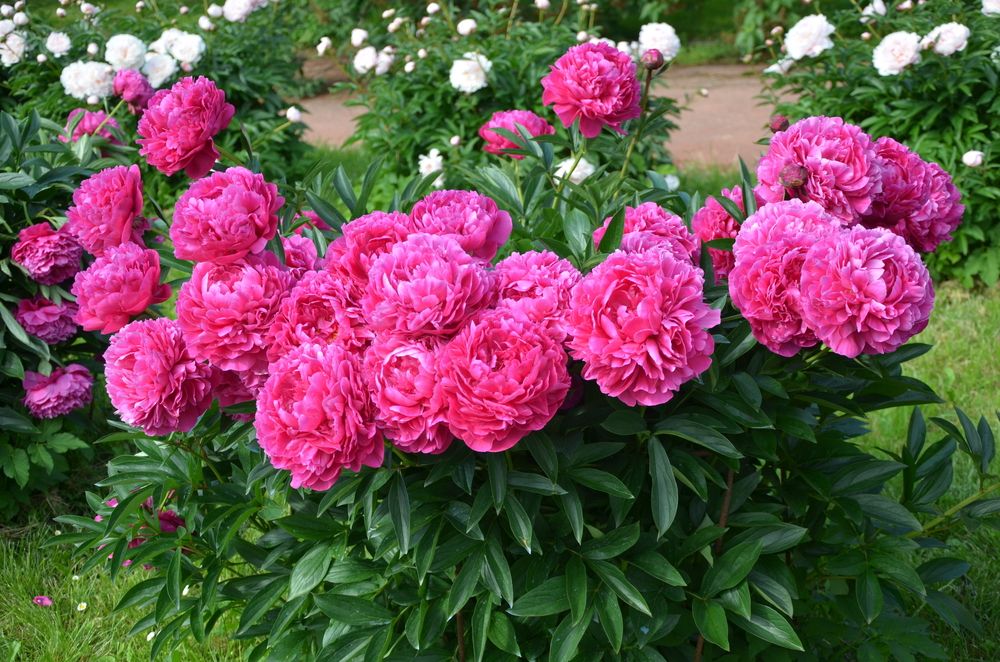
Monitoring Fertilizer Effectiveness
Soil Testing
To ensure your peonies are receiving the proper nutrients, you can perform a soil test. This will give you insights into the nutrient levels, pH, and other important factors. To conduct a soil test:
- Collect soil samples from several locations around your peonies.
- Use a soil test kit, available at most garden centers, to analyze the samples.
- Follow the instructions given in the kit for accurate results.
If the soil test reveals nutrient deficiencies or imbalances, adjusting your fertilizer application can help address these issues. For example, if the soil is lacking phosphorus, consider using a fertilizer with a higher phosphorus content.
Plant Health Observations
Another way to monitor fertilizer effectiveness is by observing your peonies themselves. Healthy peonies should have:
- Sturdy stems: Peonies need strong stems to support their large flowers. Weak stems may indicate a lack of proper nutrients.
- Vibrant foliage: Peonies should have deep green leaves, which signify adequate nutrient absorption. Yellowing leaves can be a sign of nutrient deficiency or overly alkaline soil.
- Flower development: Healthy peonies will regularly produce buds and blooms. If your peonies are failing to produce flowers, it may be due to insufficient nutrients.
By combining the results of soil tests and plant health observations, you can better gauge the effectiveness of your fertilization efforts and make adjustments as needed to ensure the health and beauty of your peonies.
Common Mistakes to Avoid
When it comes to fertilizing peonies, there are a few common mistakes that gardeners should be aware of. By avoiding these pitfalls, you can help your peonies grow and thrive.
Over Fertilizing
One of the most common mistakes is over-fertilizing. Peonies are relatively low-maintenance plants and don’t require an excessive amount of fertilizer. Over-fertilizing can lead to:
- Excess foliage growth at the expense of flowering
- Shallow root systems
- A higher risk of diseases
To avoid over-fertilizing, use a slow-release fertilizer and apply it no more than once a year. Make sure to follow the manufacturer’s recommended rates and application method to prevent any negative effects on your plants.
Using the Wrong Fertilizer
Another mistake to avoid is using the wrong type of fertilizer. Peonies require a balanced fertilizer that is rich in phosphorus and potassium but not too high in nitrogen. Using the wrong fertilizer can cause:
- Inadequate flower production
- Weak stems
- Poor overall plant health
When selecting a fertilizer for peonies, look for one with a ratio of 5-10-5, 10-10-10, or 5-10-10. Additionally, incorporating organic matter, such as compost or well-rotted manure, can provide essential nutrients and improve overall soil health.
By avoiding over-fertilizing and using the correct type of fertilizer, your peonies will be well on their way to vibrant growth and beautiful blooms.
Is Fertilizer Always Necessary?
Did you know that some gardeners choose not to fertilize their peonies at all? It’s true! Peonies are actually quite adaptable plants that can thrive in many soil conditions without added fertilizer. Here’s why some gardeners skip the fertilizer:
- Rich soil: If you have naturally fertile soil with plenty of organic matter, your peonies might get all the nutrients they need without extra help.
- Established plants: Mature peonies with deep root systems can often find sufficient nutrients on their own, especially in undisturbed soil.
- Annual mulching: Some gardeners simply add a layer of compost as mulch each year, which slowly provides nutrients as it breaks down.
- Natural garden ecology: In gardens with healthy soil biology, the natural cycling of nutrients might be enough to keep peonies happy.
- Preventing excessive growth: Without fertilizer, peonies may produce stronger stems and fewer but higher quality blooms.
If your peonies are growing well and flowering nicely, you might not need to fertilize them at all. Many peonies have thrived for decades in old gardens without any supplemental feeding!
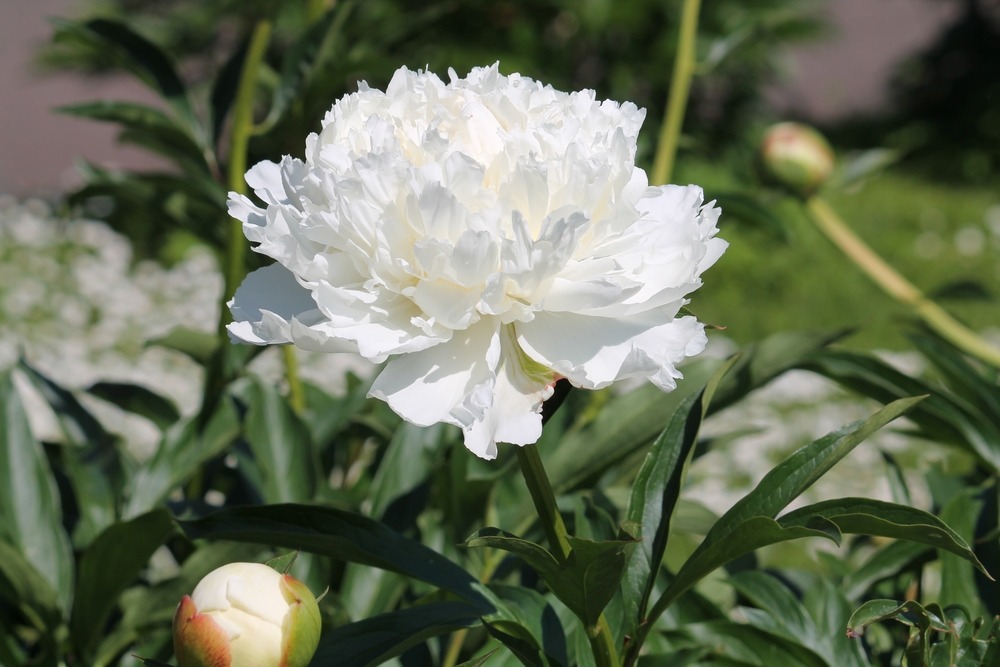
Conclusion
Fertilizing peonies is an essential part of maintaining their health and ensuring beautiful blooms. By using a balanced fertilizer and applying it at the right time, you can give your peonies the nutrients they need to thrive.
When selecting a fertilizer, look for one with a 10-10-10 or 12-12-12 ratio. This provides a balanced mix of nitrogen, phosphorus, and potassium, which peonies require for optimal growth. Additionally, make sure to apply fertilizer in the spring and fall, avoiding the hot summer months.
It’s important to remember that too much fertilizer can be just as harmful as too little. Be careful not to over-fertilize, as this can lead to weak stems and fewer blooms. Instead, follow the recommended application rates on the fertilizer packaging to ensure the correct amount is provided.
In summary, proper fertilization is key to maintaining the health and beauty of your peonies. By following the tips provided, you’ll enjoy gorgeous blooms for years to come. Remember to be friendly to your garden, and it will reward you with its beauty!

